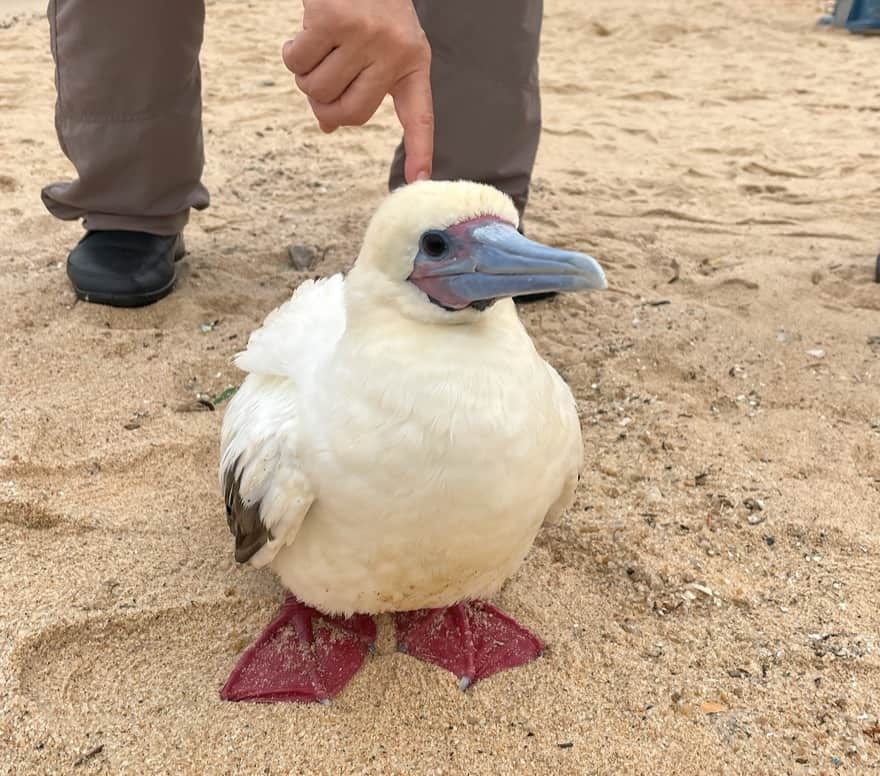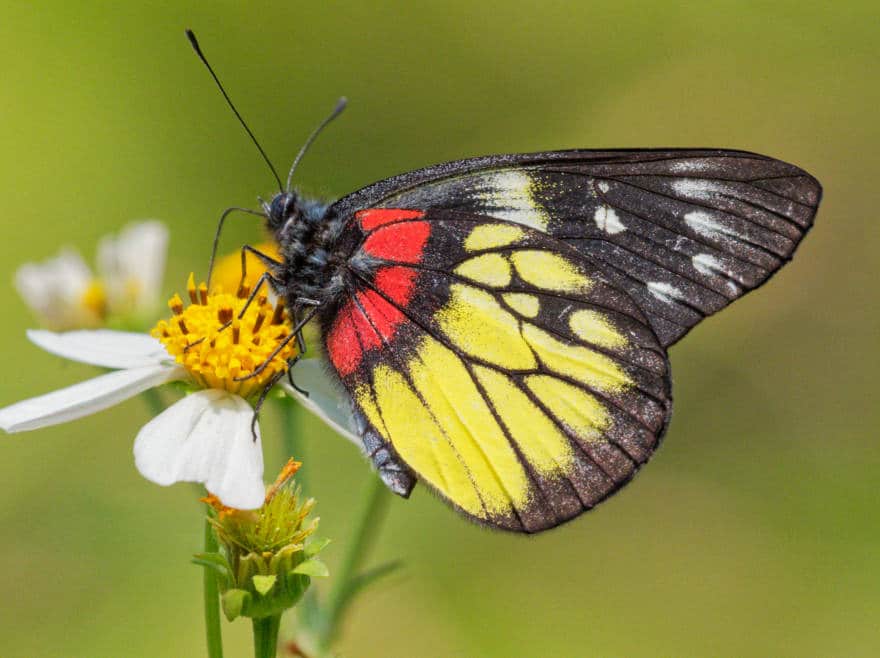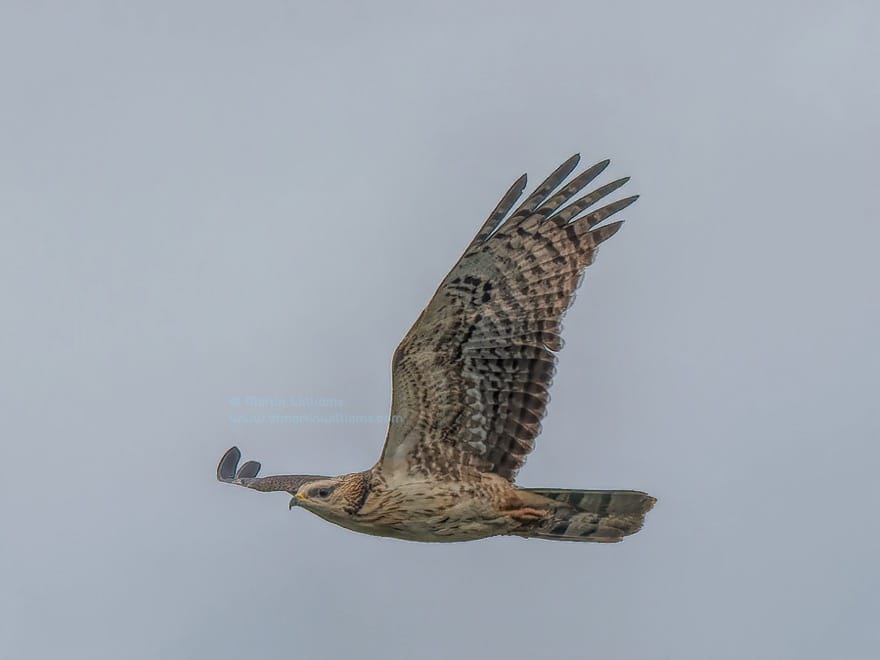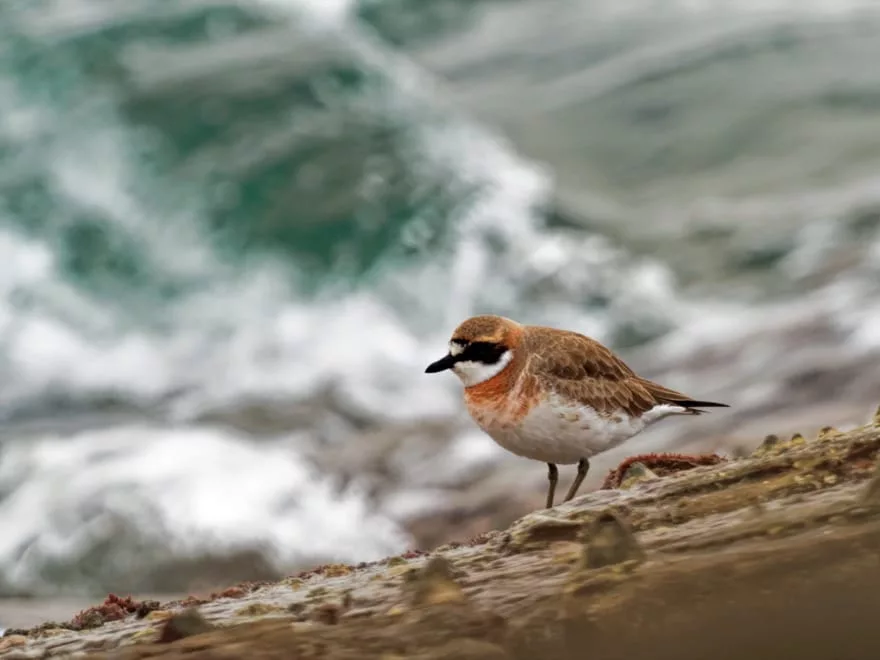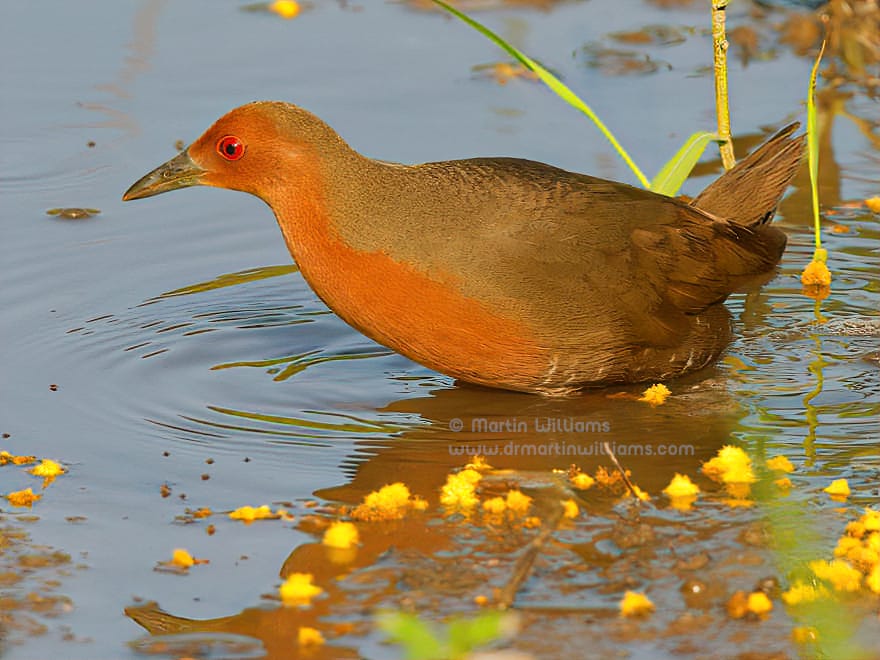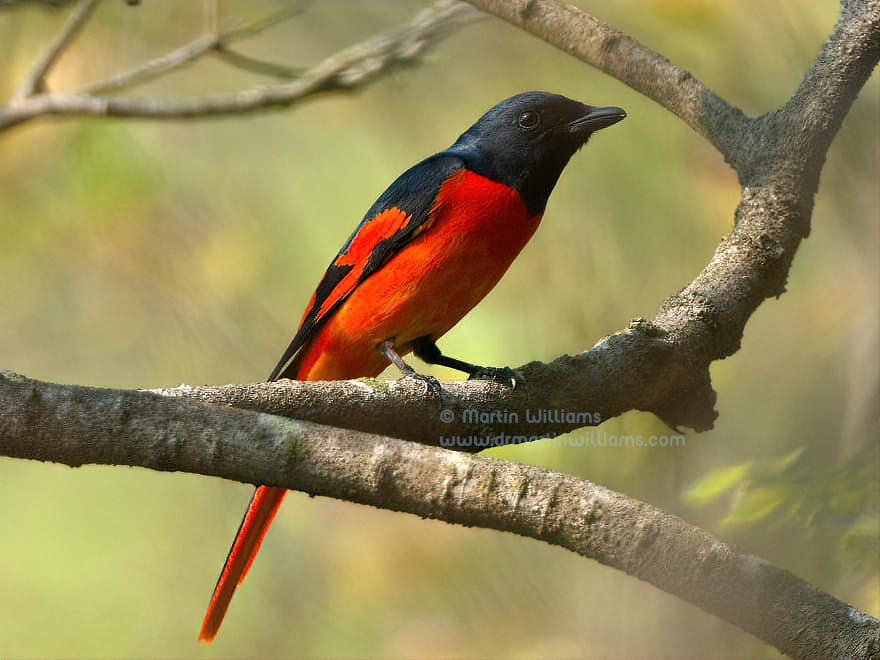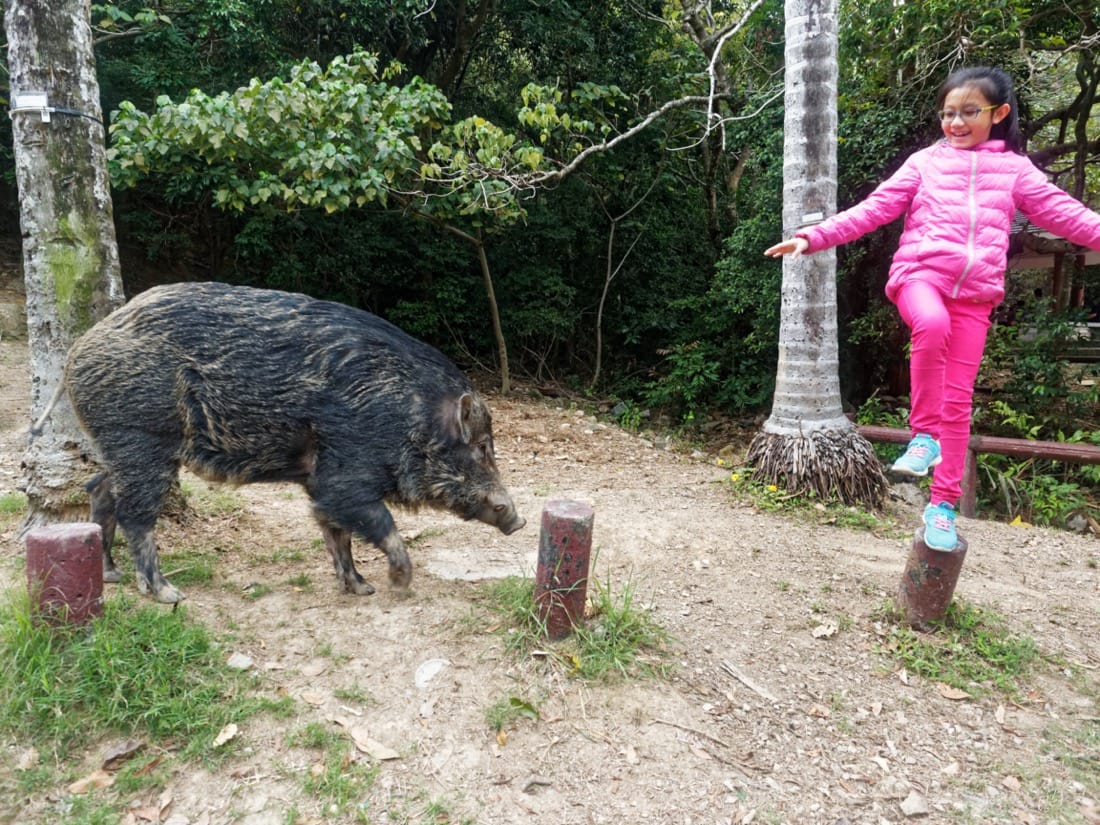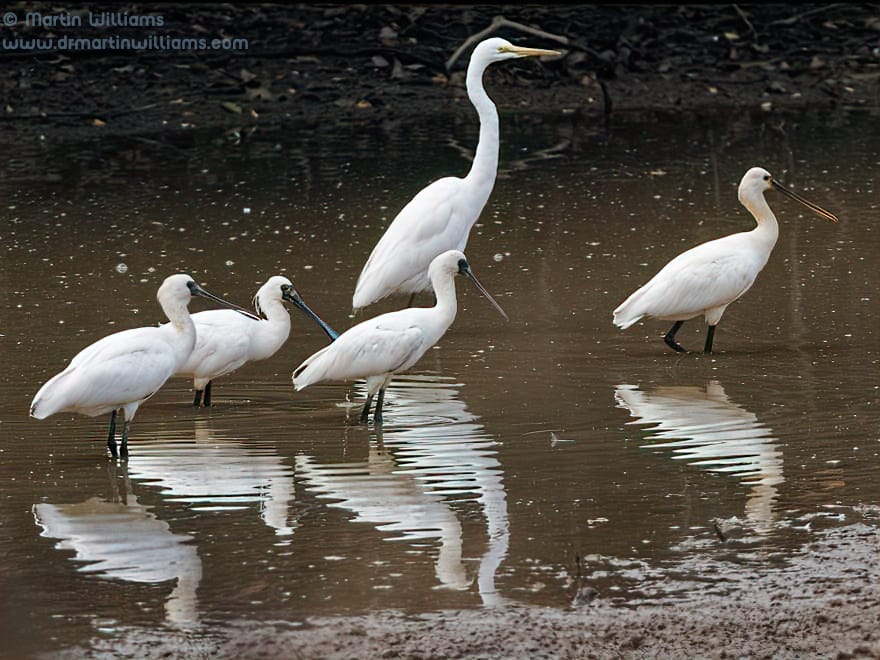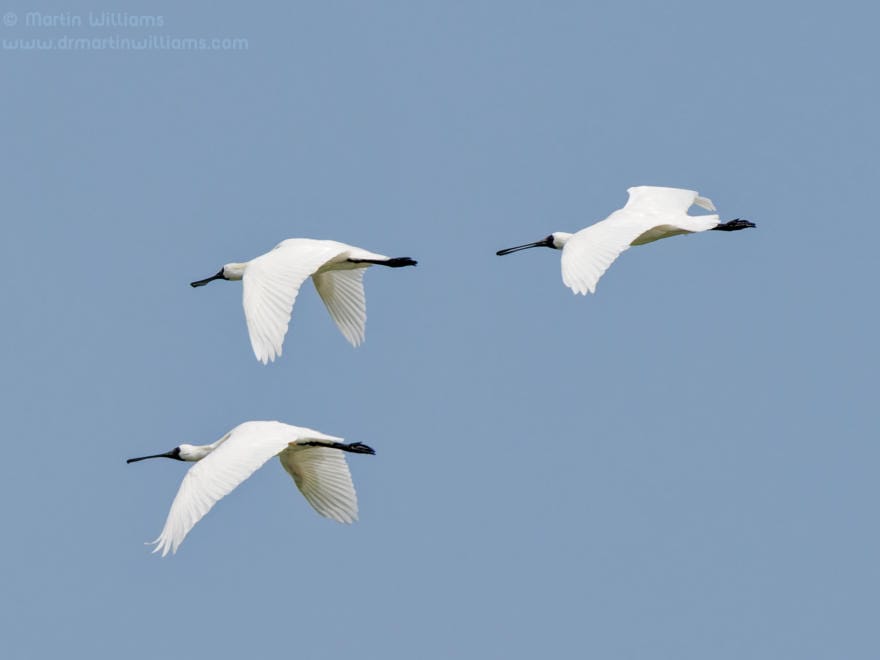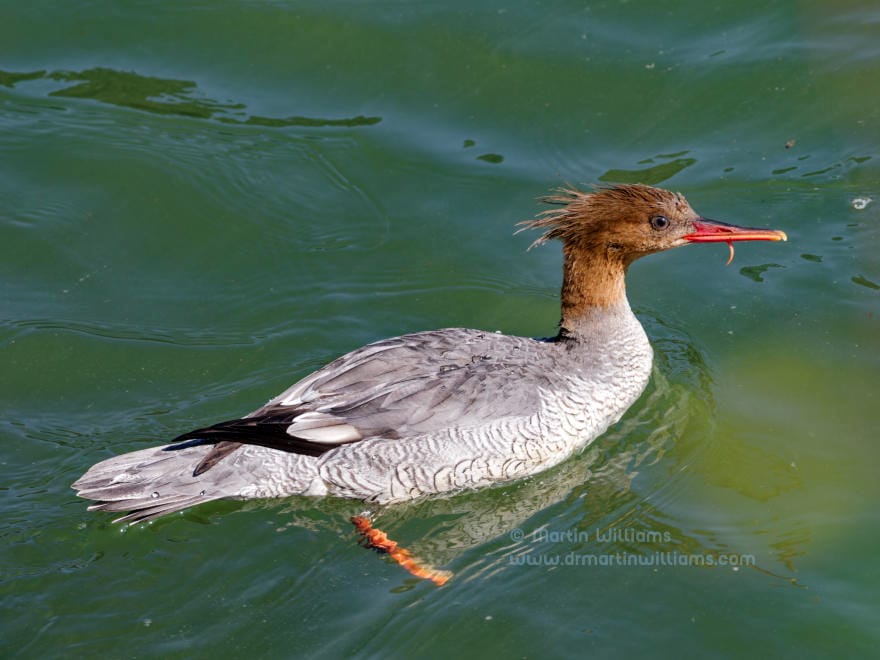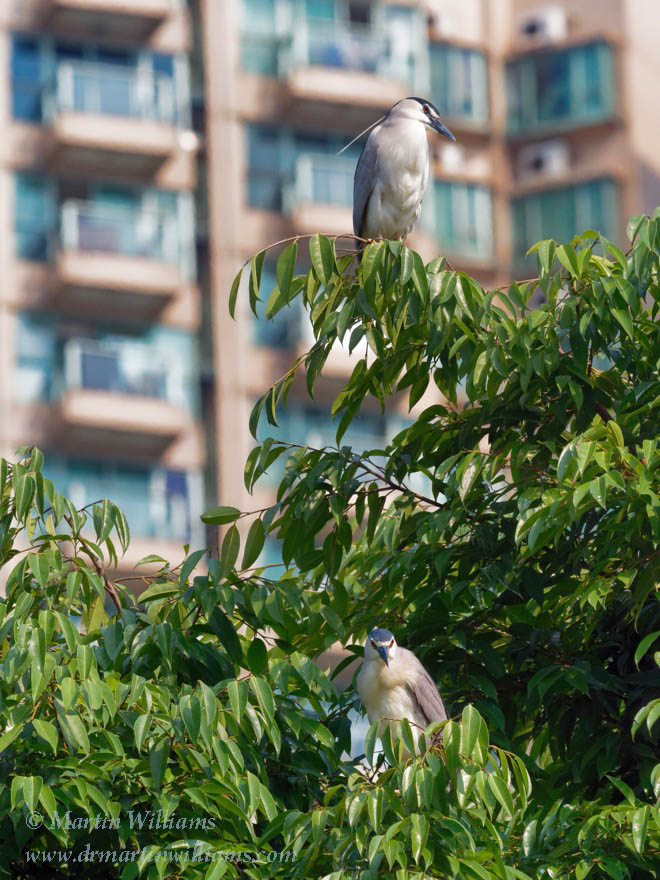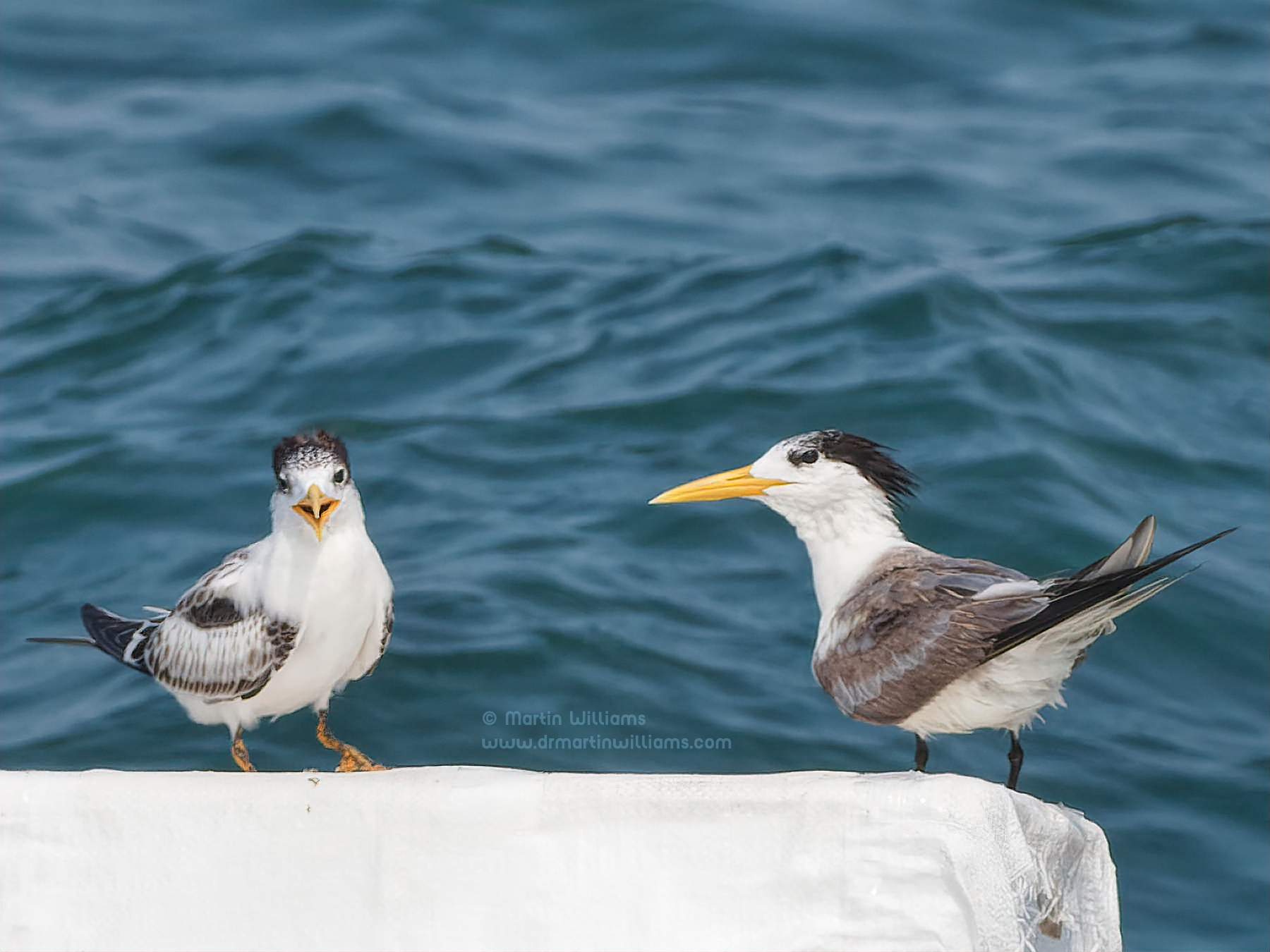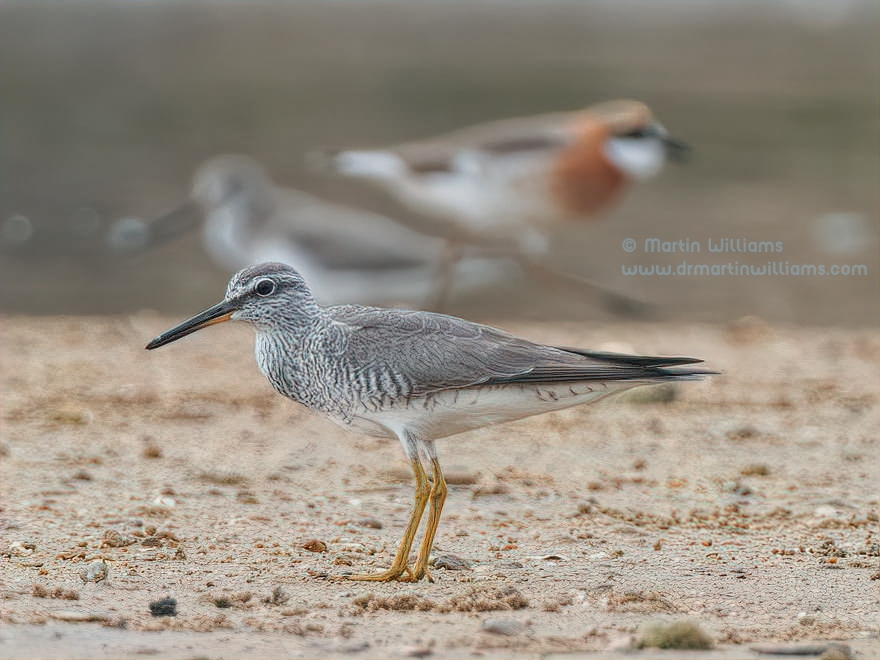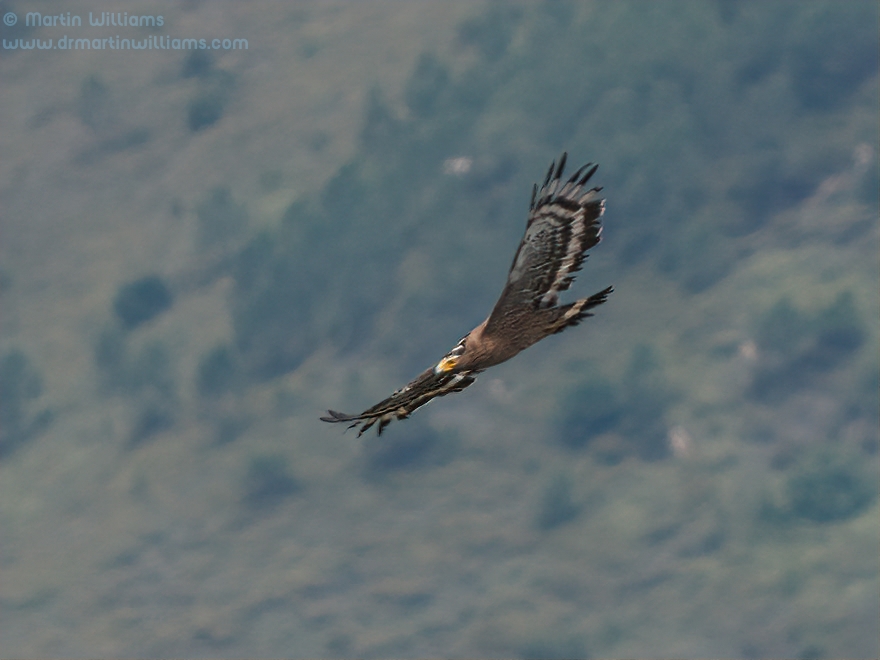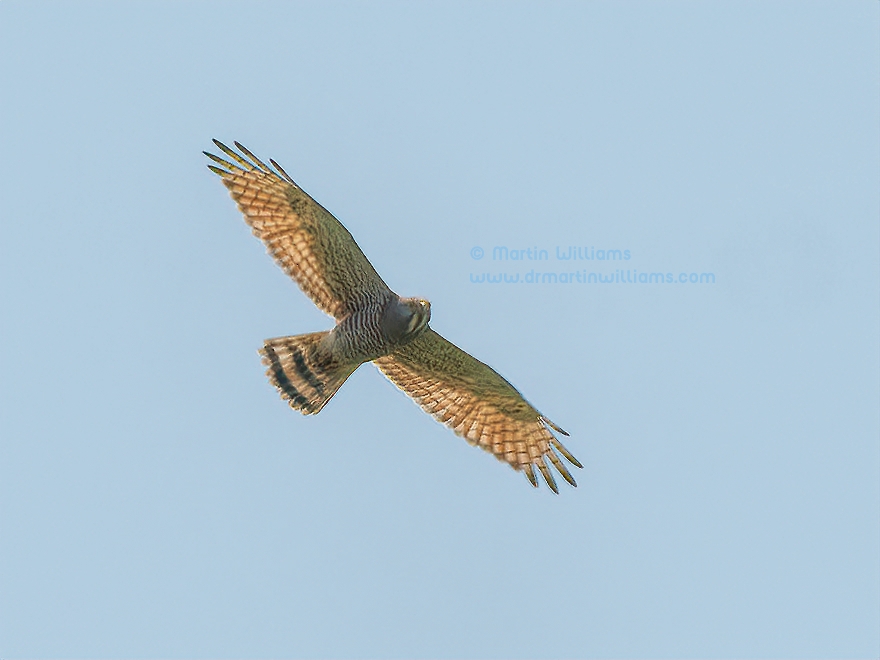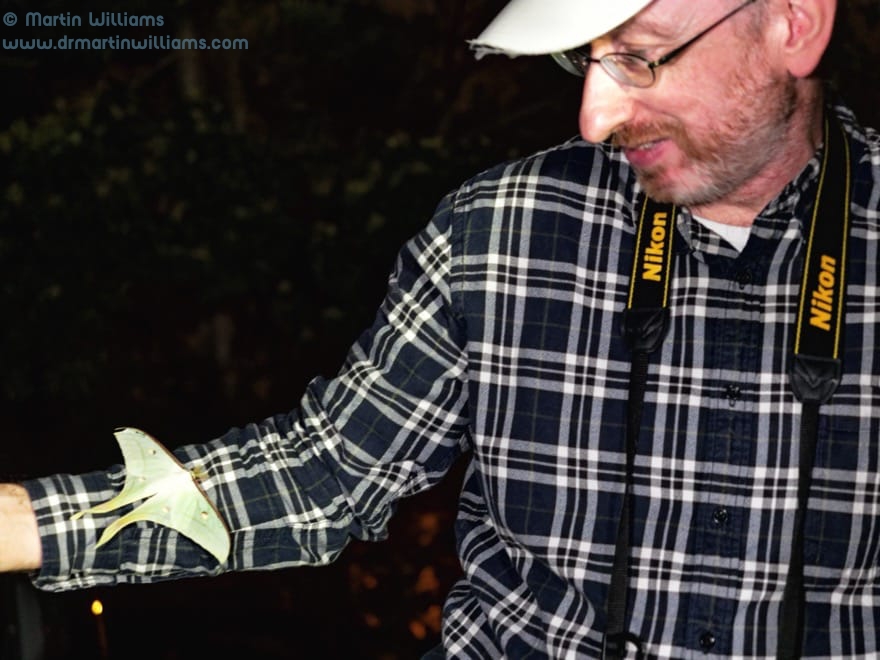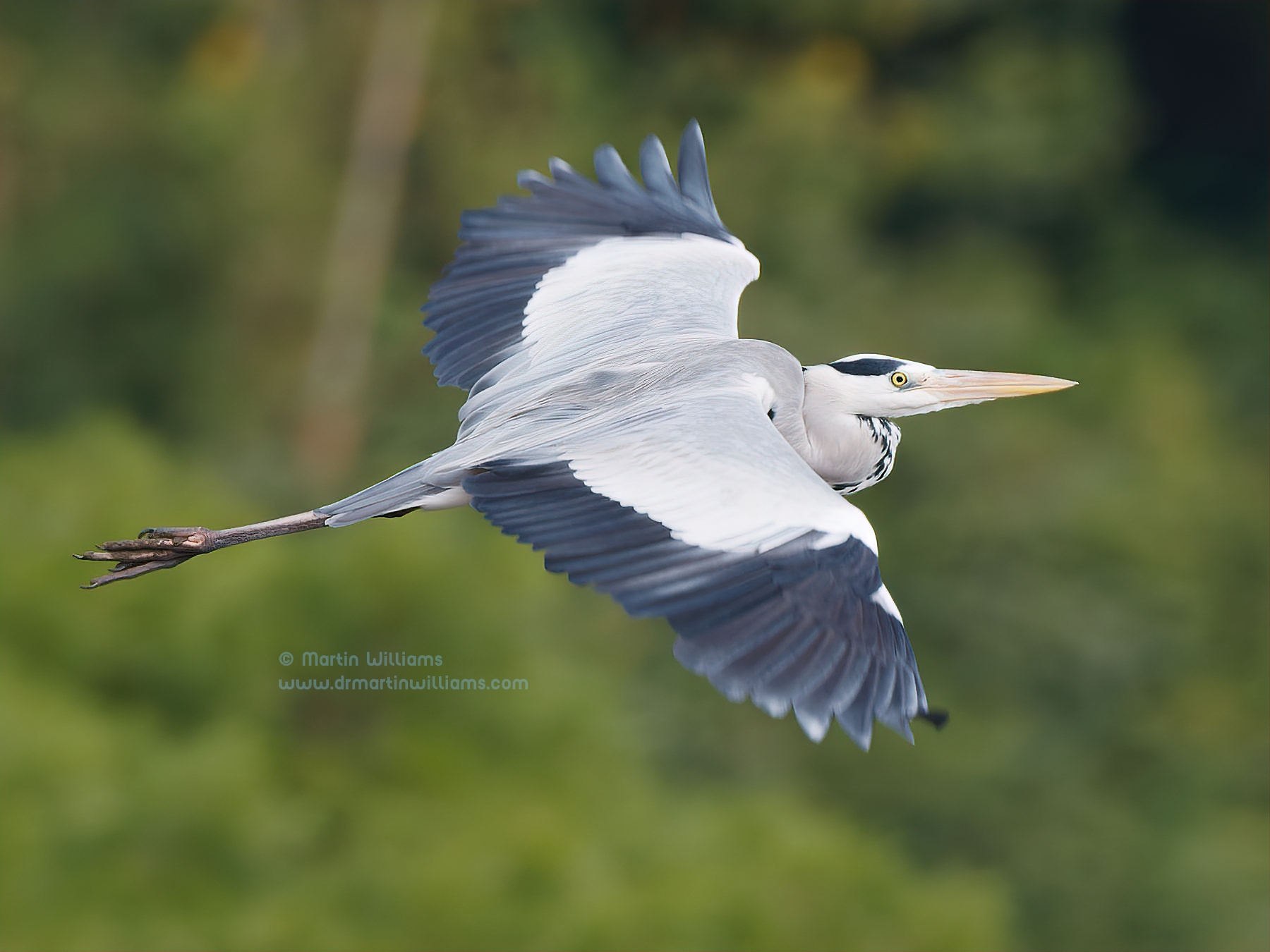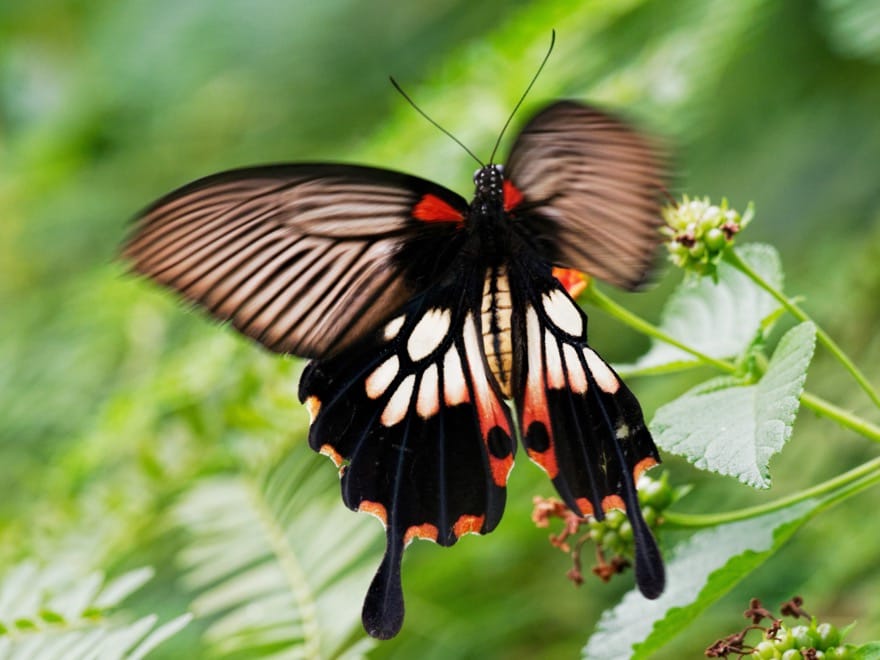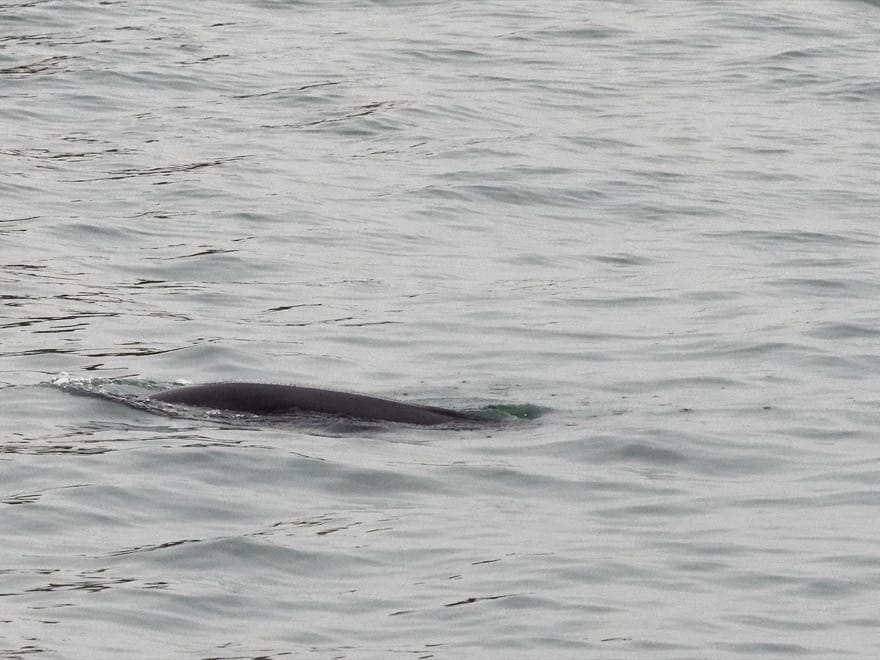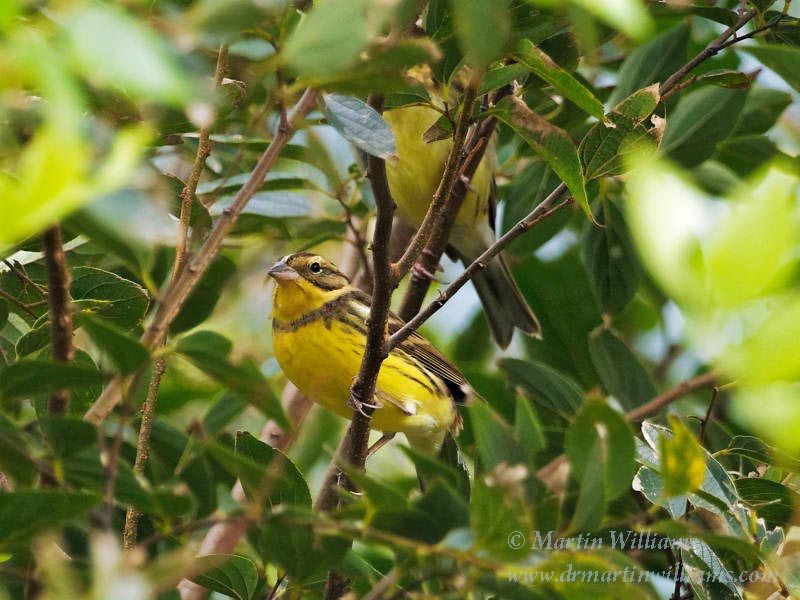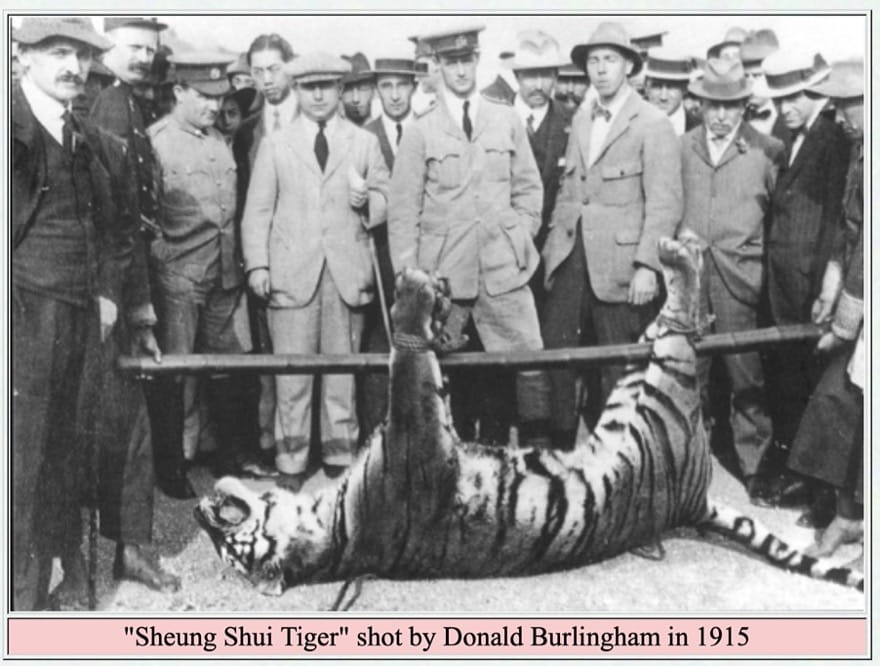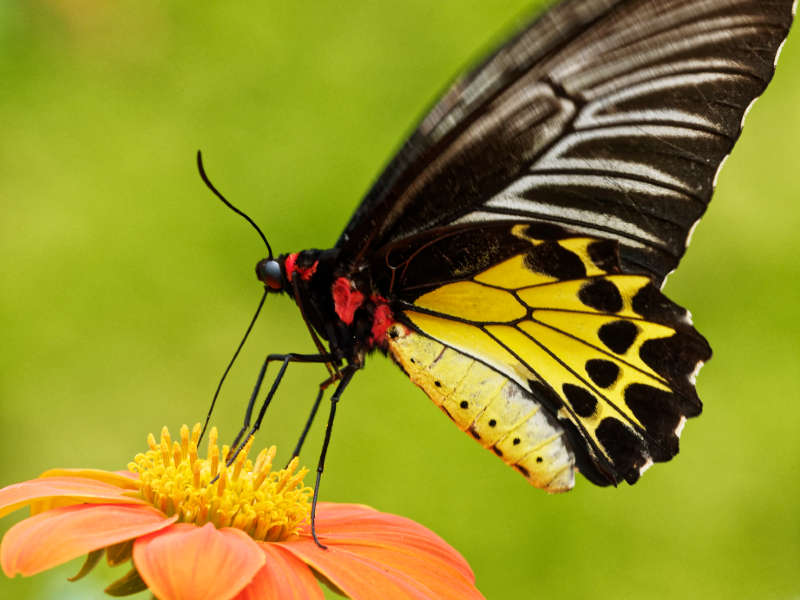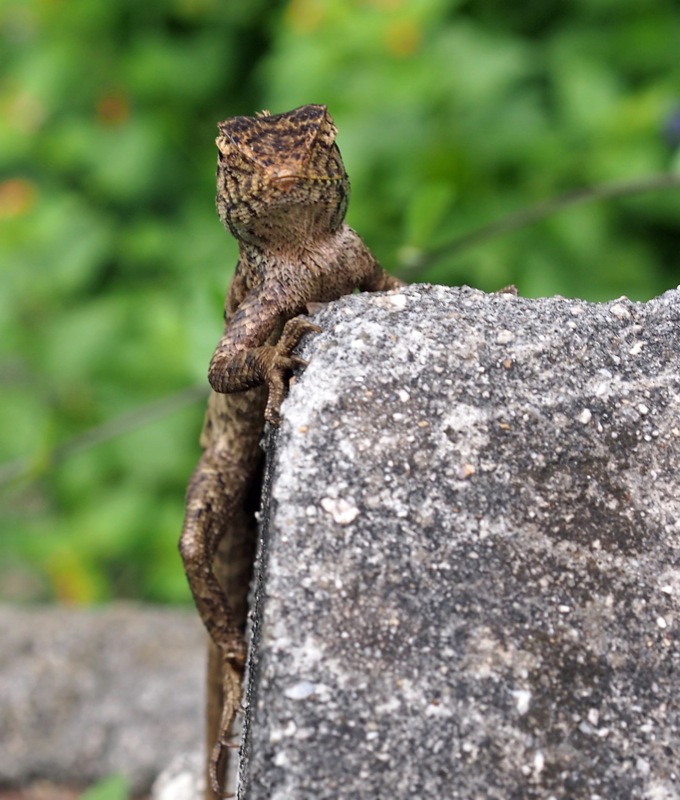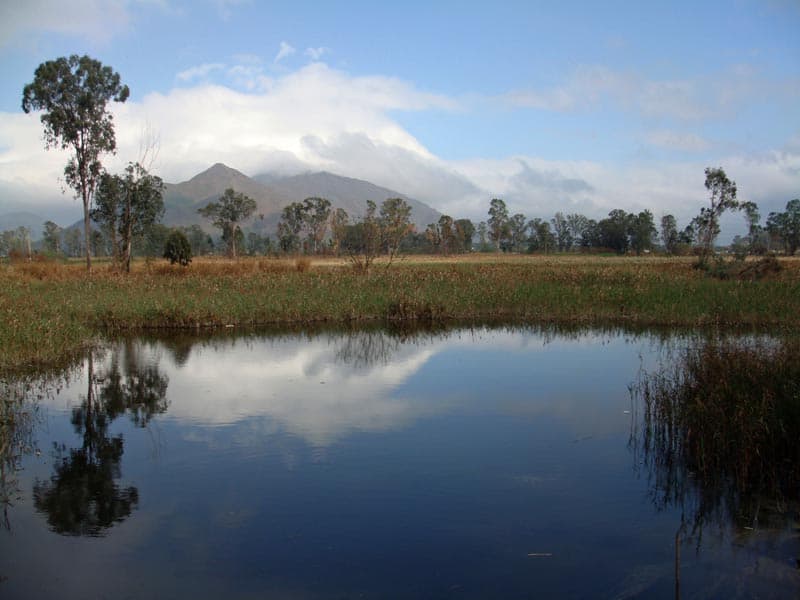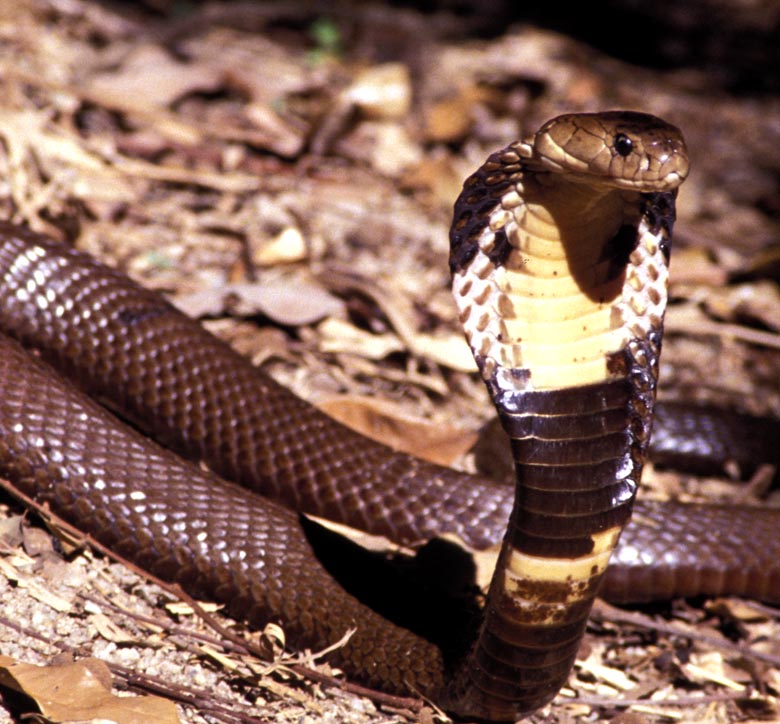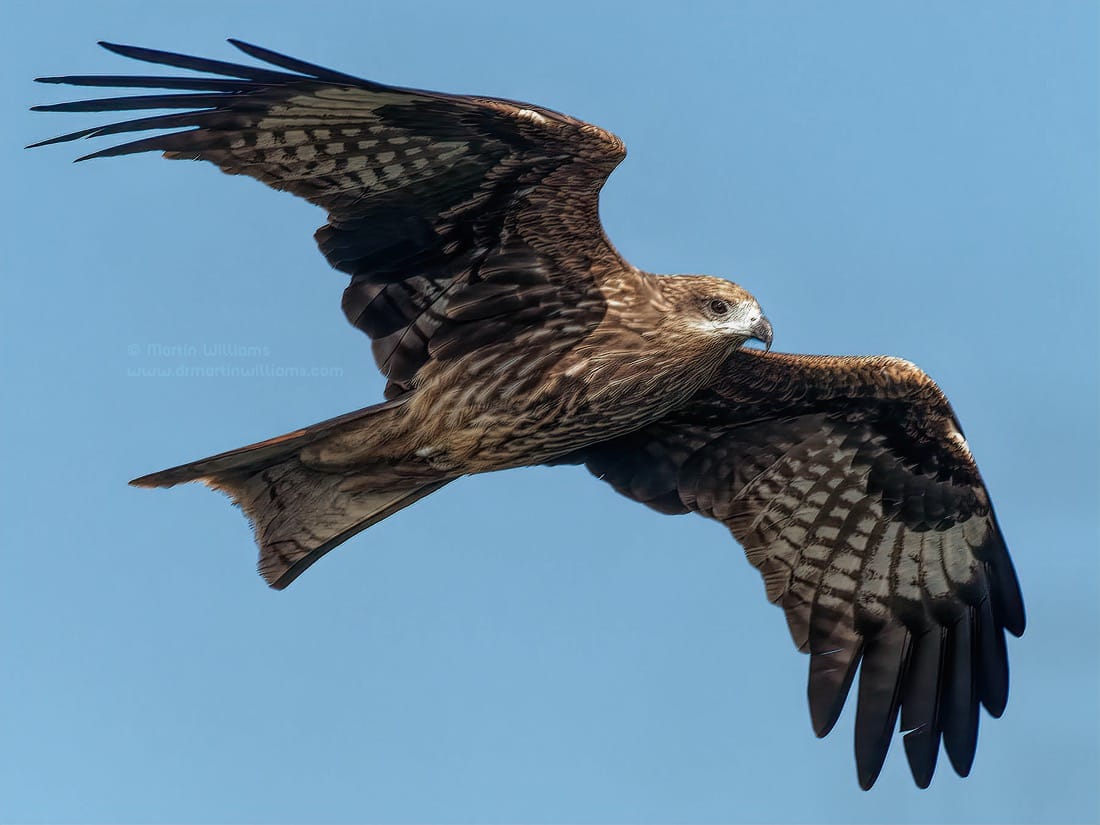Take a hike through the Hong Kong countryside and, chances are, you will enjoy some wonderful scenery – maybe rugged hills and coastal headlands, streams cascading through wooded ravines, old villages set amidst abandoned rice paddies; yet there will be little wildlife in evidence other than butterflies, dragonflies, lizards that abruptly scuttle for cover, and birds that are mostly heard but not seen.
In part this is because Hong Kong’s wildlife is much depleted, since the land was lately stripped of the original sub-tropical forests. Plus, the forest creatures that did survive in forest remnants are typically shy, and in summer many avoid the daytime heat by being more active at night.
But for anyone willing to search habitats from lowlands to hilltops, and visit even the smaller offshore islands, there’s a host of fascinating creatures to be found, some of which occur nowhere else on earth.
Ice age relics in a biological treasure trove
To James Lazell, past president of the US-based Conservation Agency, Hong Kong is a “biological treasure trove” – which he only discovered by accident, when a team of biologists he led was forced to abandon plans for a survey in mainland China. This was in 1987, and spurred Lazell to make several follow-up visits to search places including Chek Lap Kok, before it was mostly levelled and transformed to form the current Hong Kong International Airport.
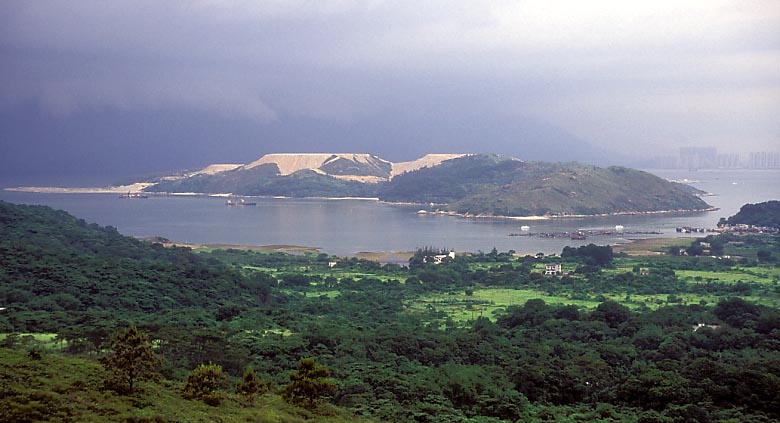
Lazell is a herpetologist, and his surveys yielded 29 species of reptiles and amphibians on Chek Lap Kok – around a quarter of Hong Kong’s tally. They included Romer’s tree frog, which is endemic to Hong Kong, and named after amateur herpetologist John Romer, who discovered them in a small cave on Lamma Island, in 1954. Romer found more of these tiny frogs, growing to just 2.5cm long, the next year; but the cave collapsed and for almost 30 years he searched in vain for them, and he died in 1982 believing they had become extinct.
Two years later, the frogs were rediscovered on Lamma; and subsequent records from Lantau, Po Toi – and Chek Lap Kok – brought their entire known world distribution to just four Hong Kong islands. Lazell believes Romer’s tree frog and a handful of species that are likewise unique to Hong Kong islands are ice age relics. They might have been common along a coastal plain that extended along southern China when sea levels were lower during the ice age, but became stranded on hilltops that became islands as the ice sheets melted and the sea inundated the plain.
Hong Kong’s very own paradise fish
With few corners of Hong Kong unexplored by naturalists, it is hard to discover vertebrates that are new to science here. Hard, but maybe not impossible; for it was only in 2002 that a paradise fish found by researchers including David Dudgeon, Chair Professor in Ecology & Biodiversity at the University of Hong Kong, was confirmed to be genetically distinct from other paradise fish in Southeast Asia.
Growing to over 10cm long and sporting flamboyant fins, the Hong Kong Paradise Fish inhabits scattered lowland wetlands in the New Territories, and is yet to be reliably recorded outside Hong Kong.
There are, however, other animals with globally significant populations in Hong Kong. These include three species of freshwater turtles, for which Hong Kong has evidently become their last main refuge.
Freshwater turtles threatened in last refuge
While “turtle” may conjure images of impressively large sea turtles – like the Green Turtle growing to perhaps a metre long, Hong Kong’s freshwater turtles are relatively small, with shells no more than a modest 40cm long. They face severe threats from poaching for the pet trade, food markets and Chinese medicine, which have devastated their populations elsewhere in the region, and may yet make them extinct in Hong Kong.
Sung Yik-hei, now an assistant professor with the School of Biological Sciences, University of Hong Kong, obtained his PhD through studying Big-headed Turtles in Hong Kong, and has since also focused on Beal’s-eyed, Golden Coin and Soft-shelled Turtles, and Reeve’s Terrapin.
“It’s more difficult studying them than many other organisms in Hong Kong,” says Sung – one problem being, simply finding animals to study in the first place. By capturing and radio-tracking some individuals he did found, Sung learned they mostly stayed in streams within forested areas, though might disperse after heavy rains.
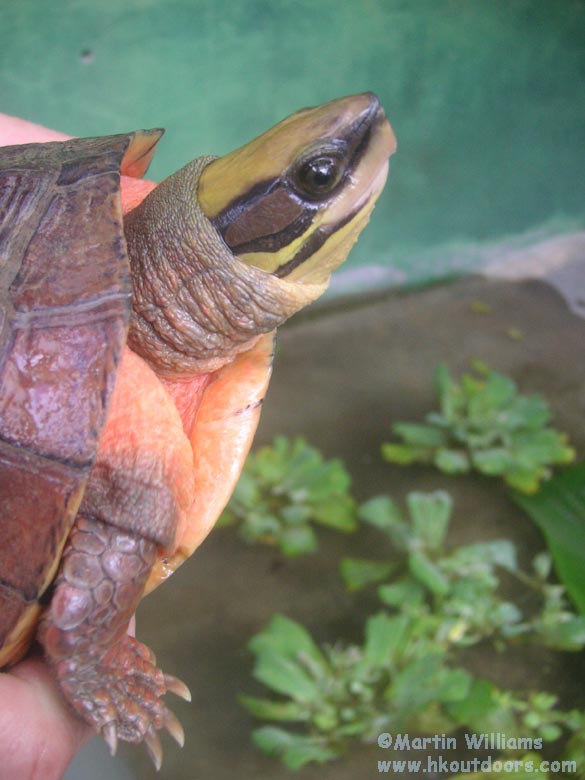
Beal’s-eyed Turtles perhaps roam around rather more, through forest areas surrounding streams; and Golden Coin, Reeve’s and Soft-shelled turtles prefer flatter, more open areas – such as around fishponds. “But we don’t really know them too well; in Asia, such basic studies are very rare,” says Sung. Most of the these are opportunistic when it comes to food, which includes insect larvae, fish, fruit and seeds. “They eat a lot of fruit, so are potential seed dispersers,” notes Sung.
Along with helping studies, marking and radio tracking turtles shed some insight into poaching and trade. “Sometimes, people find turtles I’ve marked in trade, such as on Facebook,” says Sung. “Last year, a Big-headed Turtle with a microchip we implanted, was confiscated after being smuggled to China. It was recovered, and we released it where it was caught.”
While Sung and colleagues “find traps all the time”, they never encounter anti-poaching patrols at night, and find even daytime patrols are rare – so while Hong Kong has strict laws against catching animals including these turtles, they are rarely enforced.
“If poachers visit a site for just two days, half the turtles there may be gone,” says Sung, who believes turtle declines are continuing in Hong Kong, as well as regionally.
“Dumb” ants can be smart – and firey
For all that endangered, pleasing looking vertebrates grab the limelight – perhaps partly because we are vertebrates, and especially fascinated by rare and shiny things, they are hardly representative of biodiversity as a whole. Dr Benoit Guénard of the University of Hong Kong’s School of Biological Sciences studies insects, especially ants, and notes that, “If we look at biodiversity, there are two things: insects, and plants. The rest is ‘noise’. Plants account for 99 percent of biomass; and if you look at diversity, vertebrates including fish account for about three percent – noise. So, I study insects.”
Guénard says ants are particularly important, such as for their interactions with other groups of organisms, helping seed dispersal, aerating and enriching soil, and role in the nutrient cycle. “They are huge in terms of predation – removing many herbivorous insects, so we have forests,” he adds. “I find them fascinating, like how their behaviour as social insects contributes to their success. It’s incredible that individuals are so ‘dumb’, but they can build nests 10 to 15 metres in diameter, seven metres deep. It’s very interesting how collective intelligence emerges.”
Rather than starting from scratch, Guénard is continuing research on Hong Kong ants – one of the insect groups with relatively strong data to build on. To date, he has described over a dozen ants, flies and wasps that were new to science, with another five in a paper that’s under review. “Finding new species is not so unusual when you’re an entomologist,” he says. “But it’s always exciting, describing something nobody has found.”
The 7mm long Golden Tree Ant was the first species Guénard described for Hong Kong. He and researcher Ying Luo found them just a few hundred metres from the university, and the Golden Tree Ant proved especially notable for being the only member of its genus yet known in Hong Kong.
Not all the ants here are so welcome, however. Several are “invasives” – exotic species introduced by humans, and with some negative impacts on biodiversity, and even people in Hong Kong. “Hong Kong has one of highest densities of invasive species in world, only exceeded by Hawaii and Florida,” says Guénard. “At ecosystem level, there’s something like an equilibrium between predators and prey, that may have evolved over millions of years. But when species from outside arrive, they are playing a different game.”
The Red Imported Fire Ant – native to South America and named for its intensely painful sting – is especially prominent among Hong Kong’s invasive ants. Guénard is studying fire ants here, and has learned that some farmers are so deterred by the stings that they give up farming part of their land, or even move elsewhere. One surprising consequence of them was that city residents who volunteered on farms are likewise deterred, so the ants are modifying ways people perceive nature.
Studies from elsewhere reveal that fire ants and other invasive ants can have direct and indirect impacts on invertebrates such as lizards and amphibians, which are not accustomed to them, and may even feed on songbird chicks and eggs of some turtles and reptiles.
Native ants, by contrast, are important parts of local ecosystems. For instance, weaver ants defend trees against herbivores. They make nests by sewing leaves together – forming brown, ball-like structures that are easily spotted in branches. “If you look in a nest, you find a community of insects within,” says Guénard. “There are species that mimic ants and gain their benefits. Others are kept by ants for food, and some are protected by them. With invasives, you lose all of this interdependence.”
Hong Kong’s upland slopes protected … lowlands, not so much
Of course, the influx of invasive species is just one of the human impacts on Hong Kong biodiversity. Habitat damage and destruction has been, and currently remains, the greatest threat to our wildlife. To some extent, this is being redressed by protecting some areas from development, especially within the country park system that encompasses around 40 percent of Hong Kong’s land area, yet from a biodiversity perspective this system is not ideal.
“We’re fortunate to have such a high proportion of land protected,” says David Dudgeon. “But it’s not representative of the habitats in Hong Kong. Mostly, the country parks land higher than around 100 metres above sea level – as they were originally established to protect water catchments, and the lowlands are excluded. If there was a different 40 percent protected, there would be a different outcome. I’d say we could protect more biodiversity, with a lower proportion of land.”
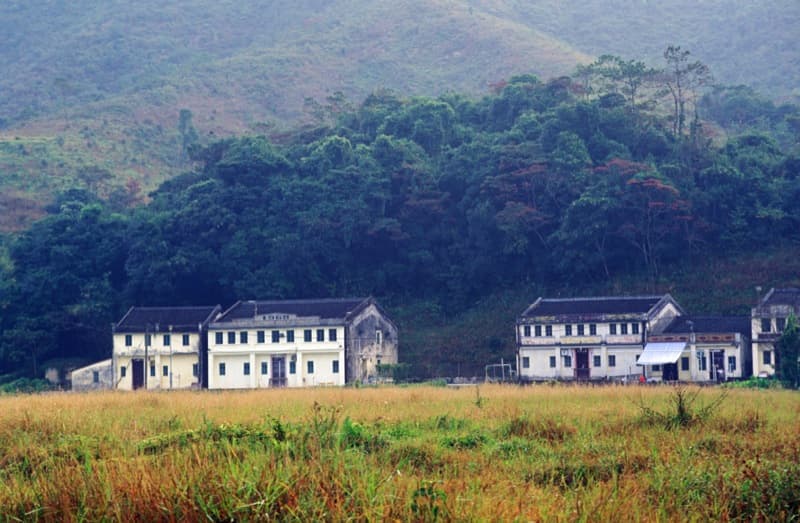
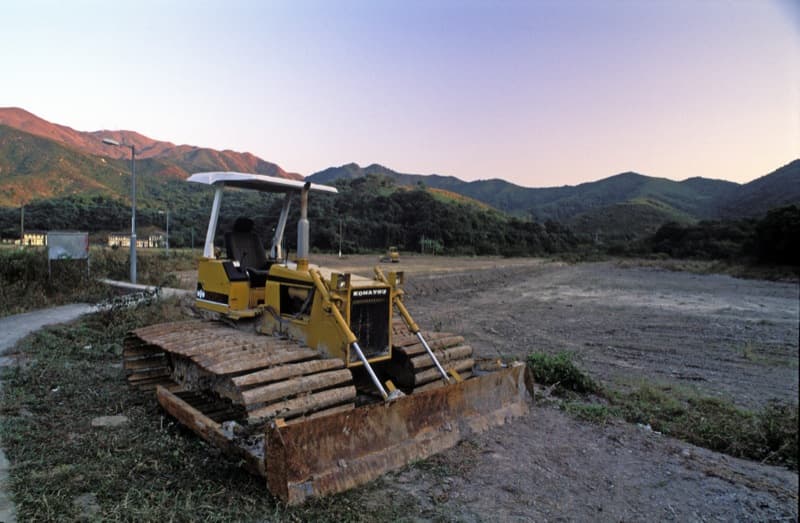
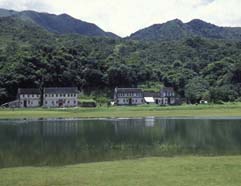
Lowland sites that have suffered major damage in recent years include Sham Chung in the eastern New Territories – which Dudgeon rated the second best freshwater wetland in Hong Kong, and was the place where he discovered the Hong Kong Paradise Fish. Abandoned paddyfields that had become marshes were bulldozed, drained, evidently as a prelude to a resort and golf course development on land acquired by Sun Hung Kai Properties.
The plans proved controversial, and the land was since abandoned once again. Yet the wetland that once hosted Hong Kong’s largest population of paradise fish – along with a host of other wetland wildlife – was largely destroyed. As yet, there’s still no real protection of the fragments of wetland that remain. And while Hong Kong Paradise Fish appears on a list of Threatened Fishes of the World, it is not included on the Agriculture, Fisheries and Conservation Department’s endangered species list – reflecting, perhaps, Hong Kong’s somewhat lackadaisical approach to nature conservation.
Studying the Unseen: Chinese Pangolin
Hong Kong is home to one of the world’s eight species of pangolins, which are also known as scaly anteaters: the Chinese Pangolin. Though its range extends from north India east to south China and parts of southeast Asia, this pangolin is categorised as Critically Endangered by the International Union for the Conservation of Nature. Not because of habitat destruction, or shortage of the main food – ants and termites; but because of wildlife trade.
Largely due to demand for use of the scales in Chinese medicine – despite them being made of keratin, the same material as horn, hair and fingernails, with no proven benefits – pangolins have the dubious distinction of being billed, “The world’s most trafficked mammal”. In September this year, Hong Kong customs found a tonne of pangolin scales – albeit most or all would have been from close relatives like the Sunda Pangolin – in a consignment of illegal wildlife products being shipped from Indonesia to mainland China.
Given this intense pressure on Chinese Pangolins, it is hardly surprising they are very difficult to see in Hong Kong, even though they grow to almost 40cm long – around the same size as a corgi dog. But that hasn’t deterred Dr Tim Bonebrake, of the Hong Kong University’s School of Biological Sciences, from choosing to study them.
“My interest arose from having done research on pangolins in Africa,” says Bonebrake. “I became interested in pangolin trade, which in Africa was for bushmeat, with selling scales to China becoming an added incentive for hunting. Now I live in Hong Kong, where pangolins are important in nature conservation, and a PhD student was interested in studying them.”
With very little information available on local pangolins – though an investigation of a dead one by Benoit Guénard and colleagues revealed they indeed feast on ants and termites, with over 26,000 found in its gut – the study has involved considerable time and effort simply to figure out where they are, before even considering their habitat requirements. “There’s a lot of evidence, like burrows we can find in country parks,” says Bonebrake. “But we only got our first image after eight months of camera trapping.”
Bonebrake is unsure to what extent pangolins are hard to find as they are scarce, or because they tend to avoid people. He knows researchers who studied them in Africa, yet without seeing any in the wild. Only fieldwork in Taiwan has yielded any information on the Chinese Pangolin’s behaviour.
“They’re pretty amazing creatures,” says Bonebrake. “We have some video, including them digging. While they are armoured, they can move pretty fast.”
It appears the pangolin is surviving relatively well in Taiwan, and in Hong Kong – where Hong Kong has seen reports of poaching, but without confirmation of this. While it’s hard to know how to protect them, one positive sign is that they appear suited to hillsides, which are well protected within Hong Kong’s country parks.

